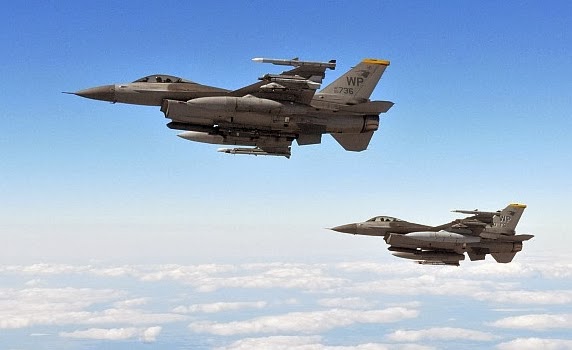J. Rémillard1,*, P. Kollias1, and W. Szyrmer1
- 1Department of Atmospheric and Oceanic Sciences, McGill University, Montreal, QC, Canada
- *currently at: Department of Applied Physics and Applied Mathematics, Columbia University, New York, USA
Abstract. The retrieval of cloud microphysical properties from remote sensors is challenging. In the past, ground-based radar-radiometer measurements have been successfully used to retrieve the liquid water content profile in nondrizzling clouds but offer little constraint in retrieving other moments of the cloud particle size distribution (PSD). Here, a microphysical condensational model under steady-state supersaturation conditions is utilized to provide additional constraints to the well-established radar-radiometer retrieval techniques. The coupling of the model with the observations allows the retrieval of the three parameters of a lognormal PSD, with two of them being height dependent. Two periods of stratocumulus from the Azores are used to evaluate the novel technique. The results appear reasonable in two nondrizzling periods: continental-like number concentrations are retrieved, in agreement with the drizzle-free cloud conditions. The cloud optical depth derived from the retrieved distributions compares well in magnitude and variability with the one derived independently from a narrow field of view zenith radiometer. Uncertainties coming from the measurements are propagated to the retrieved quantities to estimate their errors. In general, errors smaller than 20% should be attainable for most parameters, demonstrating the added value of the new technique.
Citation: Rémillard, J., Kollias, P., and Szyrmer, W.: Radar-radiometer retrievals of cloud number concentration and dispersion parameter in nondrizzling marine stratocumulus, Atmos. Meas. Tech., 6, 1817-1828, doi:10.5194/amt-6-1817-2013, 2013.
